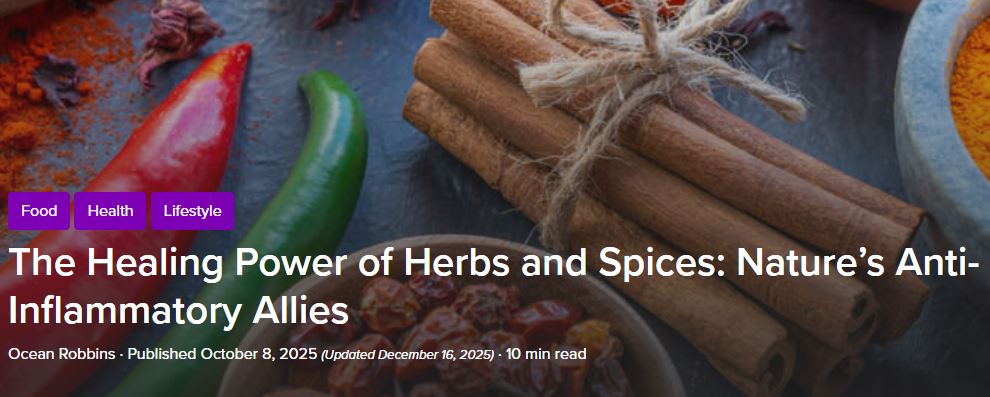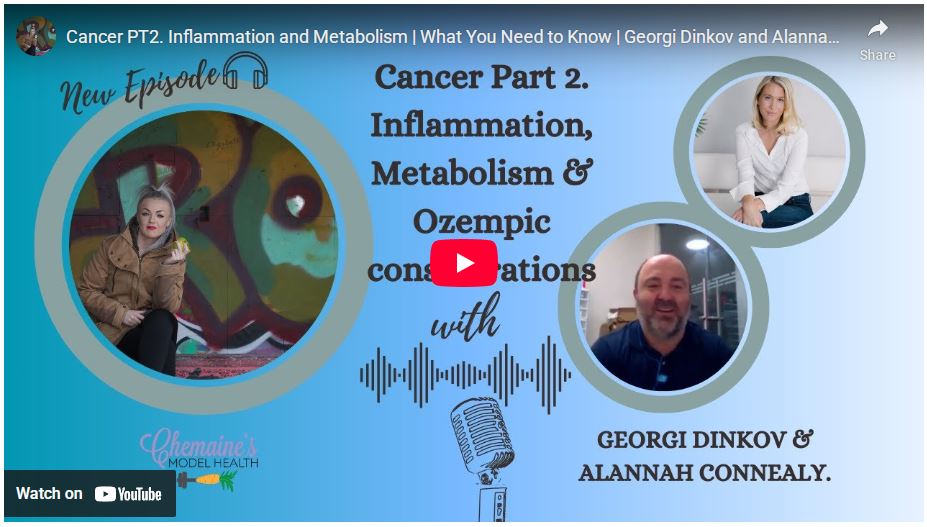“It never ceases to amaze me: we all love ourselves more than other people, but care more about their opinions than our own.”
Marcus Aurelius – Roman Emperor (121 -180 AD)
Myocarditis Known

Popular Heartburn Drugs Linked to Kidney Damage

- Heartburn drugs known as proton pump inhibitors (PPIs) are among the most widely used medications in the world, yet research shows they cause long-term kidney damage, even in people who feel fine and show no symptoms
- Studies reveal that chronic PPI use increases the risk of both sudden and silent kidney injury, leading to chronic kidney disease
- Suppressing stomach acid long term triggers serious side effects, including low magnesium, nutrient deficiencies, bone fractures, infections like C. difficile, and even higher risk of heart problems and certain cancers
- Contrary to popular belief, reflux is rarely caused by too much acid; it’s usually the result of too little stomach acid, poor digestion, and weakened mitochondria that slow acid production and food breakdown
- You can relieve reflux safely and restore digestion naturally by tapering off PPIs, using safer options like Pepcid, supporting mitochondrial energy with sunlight and real food, and eating hydrogen- and chloride-rich foods to rebuild healthy stomach acid levels
Healing Herbs and Spices

Can everyday herbs and spices like turmeric, ginger, and cinnamon help you live a healthier and longer life? The answer turns out to be a resounding “Yes!” But which ones offer the most benefits, and how can you start taking advantage of them without going to chef school? In this article, you’ll meet 11 flavorful anti-inflammatory allies, and come away with practical tips for incorporating them into meals and snacks.
Finish reading: https://foodrevolution.org/blog/anti-inflammatory-herbs-and-spices
How Metabolic Health and Inflammation Influence Cancer Risk

- Chronic inflammation and broken metabolism create the conditions that allow cancer cells to grow, spread, and overwhelm your body’s natural defenses
- Stress hormones like cortisol block glucose use and flood your system with fatty acids, forcing your cells into a backup energy mode that fuels tumors
- A combination of vitamins B1, B3, and B7 restored clean energy production in lab models, stopping tumor growth and showing promise for shifting metabolism back toward health
- Adding aspirin to this vitamin trio moved tumors from remission to complete disappearance in animal studies, with historical evidence showing these doses can be used safely
- Simple daily choices — such as reducing seed oils, supporting vitamin D, calming gut inflammation, and balancing hormones — help lower chronic stress signals and protect long-term health
Where Eddie Murphy Learned Kindness

Justice Relies On Individual Participation…

..we are a long way from broad participation in a just society.
Sigourney Weaver

Margot Robbie

Tastes Change

I have read that a woman on a birth control pill is attracted to men with a different scent than when she is not on birth control. So while the post is humerous, there could be an element of truth in it. LOL!
